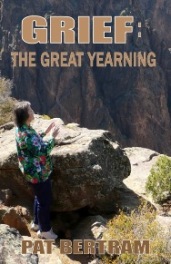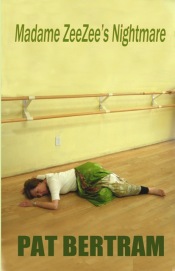The fiction world is fueled by secrets. If no character had a secret, there would be no story to tell — at least, not many — because most often stories revolve around uncovering secrets, what people will do to keep those secrets from being uncovered, what the consequences are for letting the secret out both for the one holding the secret and the one discovering it, and how those secrets determine the lives of those affected by the secrets.
Some secrets the characters keep from themselves. Romance is a good example of this, especially in the pointless type of romance where the characters fight all the time to keep from letting themselves know the truth — that they’ve fallen in love.
Some secrets are silly. Again, romance is a good example, especially in the Hallmark Christmas movie kind of romance where the ultra-successful heroine goes back home to find that her first love has also returned. The secret they are protecting turns out not to be a secret at all but a misunderstanding stemming from their inability to communicate. An Affair to Remember is one such example and although it’s not a Hallmark movie, it’s just as silly — to me, anyway.
Other secrets are more serious — murders, hit-and-run accidents, hidden pregnancies, babies given up for adoption, false or forgotten identities, abuse that’s hidden by both the abused and the abuser, teen peer pressure that gets out of hand resulting in a tragedy that ripples for decades.
And some secrets are multigenerational — something one’s grandparents did, for example, that influences the current generation. Janeane Garofalo’s movie The Matchmaker is a good example of this, where a politician looks for his Irish roots in the wrong place.
(I am amused by my mention of movies since books are what I’m thinking of, but the sad truth is that I remember titles from movies I saw years ago and not the title of the book I just finished reading. It’s not a memory issue; it’s that I don’t really pay attention to book titles.)
All of these secrets make me wonder if everyone is hiding a secret, or if that’s just a fictional conceit. I can’t really think of any secrets in my life that would be enough to motivate a story of any genre. There are things I don’t talk about, of course — there’s no reason to bare my total past, especially the things I did as a child that I am ashamed of — but what small secrets I have are not enough to drive a story. I suppose there are things in my heritage that could be considered a secret since no one really knows the truth. For example, the story goes that my great-grandfather, an inventor and peer of Edison and Tesla, had two wives. One he locked in an insane asylum, the other he threw down the stairs, but no one knows which of those women is our great-grandmother. Not that it matters — we obviously get whatever instability we have from the paternal side.
It does give me a different perspective of the world, though, this idea of everyone hiding a secret. Because those secrets generally don’t devolve into murder and mayhem, I can continue to take people at face value.
But still, I wonder what all of you are hiding.
***
Pat Bertram is the author of Grief: The Inside Story – A Guide to Surviving the Loss of a Loved One. “Grief: The Inside Story is perfect and that is not hyperbole! It is exactly what folk who are grieving need to read.” –Leesa Healy, RN, GDAS GDAT, Emotional/Mental Health Therapist & Educator.
























